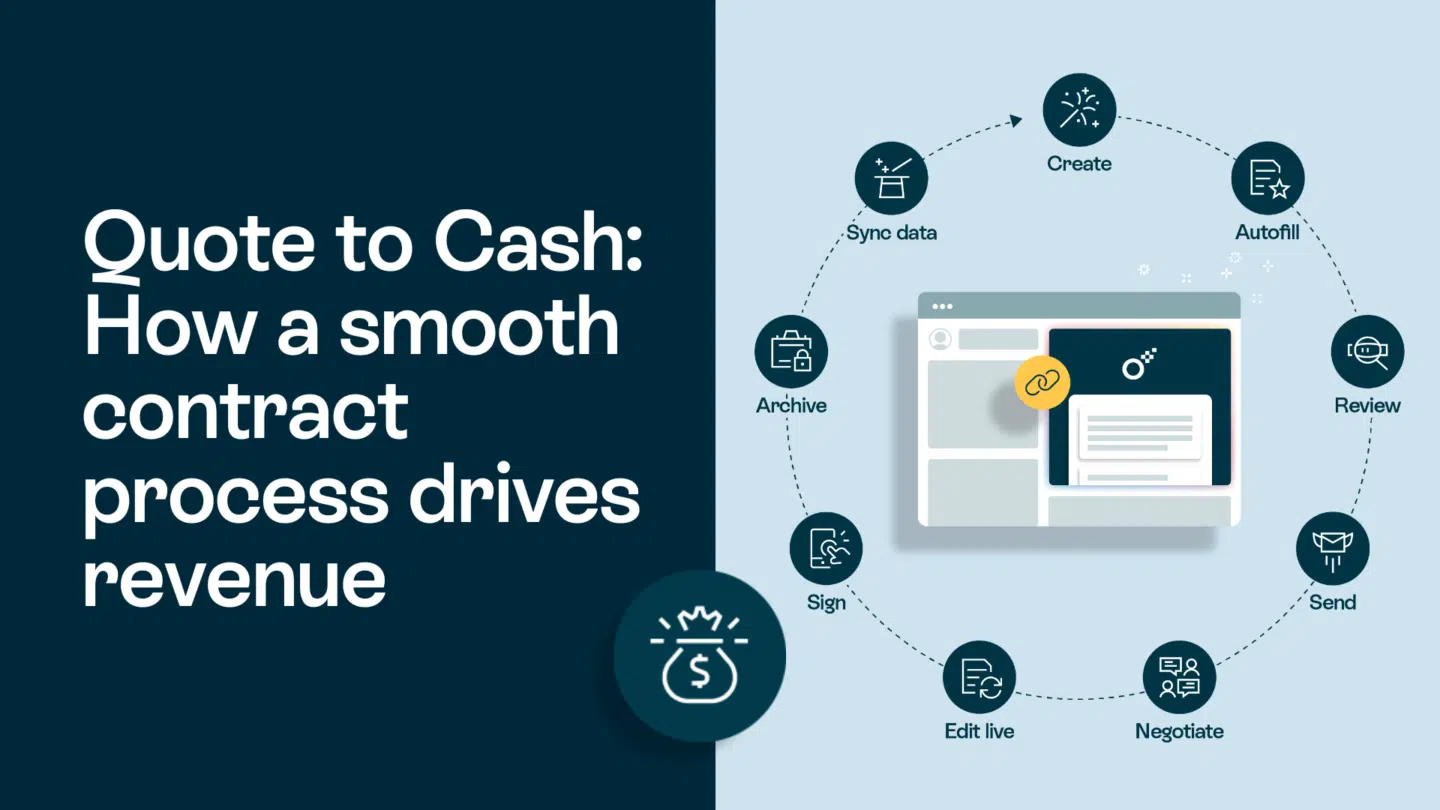In today’s digital age, organizations are increasingly adopting hybrid workflows to maximize efficiency and productivity. By combining on-premises infrastructure with cloud-based technologies, businesses can take advantage of the best of both worlds. However, with the integration of different systems and processes come potential data security risks.
In this article, we will explore the basics of these types of workflows, identify potential data security risks, discuss strategies for implementing data security measures, and examine the future of data security in hybrid workflows.
Hybrid workflows: The 101
A hybrid workflow is a work environment that combines traditional on-premises systems with cloud-based solutions. This approach allows organizations to leverage the benefits of both platforms and maintain control over critical data and applications. By distributing workloads across multiple environments, businesses can achieve scalability, flexibility, and cost-effectiveness.
Hc and processes, such as on-premises servers, private clouds, and public clouds. This combination enables seamless data transfer, resource utilization, and workload management. In essence, hybrid workflows empower organizations to adapt to changing demands and optimize their operations.
One of the key advantages of hybrid workflows is the ability to scale resources according to demand. With on-premises systems, businesses often face limitations in terms of hardware capacity and processing power. However, by integrating cloud-based solutions, organizations can easily scale their resources up or down based on their needs. This flexibility allows businesses to handle peak workloads without investing in additional infrastructure.
Moreover, hybrid workflows offer enhanced data accessibility. While on-premises systems provide localized access to data, cloud-based solutions enable remote access from anywhere in the world. This accessibility is particularly beneficial for businesses with geographically dispersed teams or those that require frequent collaboration with external partners. By leveraging cloud technology, organizations can ensure that their teams have real-time access to the information they need, regardless of their location.
However, with the increase in data breaches and cyber threats, ensuring the security of sensitive information has become paramount. In hybrid workflows, data travels between different environments and systems, making it susceptible to unauthorized access. Therefore, implementing robust data security measures is essential for safeguarding critical assets and maintaining business continuity.
When it comes to data security in hybrid workflows, encryption plays a crucial role. By encrypting data before it is transferred or stored, organizations can ensure that even if it falls into the wrong hands, it remains unreadable and unusable. Additionally, implementing multi-factor authentication and access controls helps prevent unauthorized individuals from gaining access to sensitive information.
Regular security audits and vulnerability assessments are also essential in hybrid workflows. By regularly evaluating the security posture of their systems, organizations can identify and address any potential weaknesses or vulnerabilities. This proactive approach helps minimize the risk of data breaches and ensures that the organization’s data remains secure.
Read also: Plug contract management into your workflow

Identifying potential data security risks in hybrid workflows
While hybrid workflows offer numerous advantages, they also introduce unique data security risks that organizations must be aware of.
Hybrid workflows, which combine on-premises and cloud systems, have become increasingly popular in today’s digital landscape. This approach allows organizations to leverage the benefits of both environments, such as scalability and cost-efficiency. However, it also brings about a set of challenges that can potentially compromise data security.
Common data security threats
Cybercriminals are constantly evolving their tactics to exploit vulnerabilities in hybrid workflows. Common data security threats include malware attacks, unauthorized access, data breaches, and phishing scams. These threats can compromise the confidentiality, integrity, and availability of sensitive information. To bolster your data security defenses, it’s essential to tokenize sensitive data, and replace it with non-sensitive tokens, reducing the risk of exposure in case of a breach, and ensuring the confidentiality of valuable information.
Malware attacks, for instance, can infiltrate an organization’s systems through various means, such as malicious email attachments or compromised websites. Once inside, malware can spread throughout the hybrid workflow, infecting both on-premises and cloud systems. This can lead to unauthorized access and potential data breaches.
Unauthorized access is another significant threat in hybrid workflows. With multiple entry points, including both on-premises and cloud systems, it becomes crucial for organizations to implement robust access controls. Failure to do so can result in unauthorized individuals gaining access to sensitive data, leading to potential data breaches.
Data breaches, whether caused by external attackers or internal negligence, can have severe consequences for organizations. Not only can they result in financial losses, but they can also damage a company’s reputation and erode customer trust. It is essential for organizations to have comprehensive data breach response plans in place to minimize the impact of such incidents.
Phishing scams, a prevalent form of social engineering attack, pose a significant threat to data security in hybrid workflows. Cybercriminals often masquerade as trustworthy entities, tricking employees into revealing sensitive information or clicking on malicious links. These scams can lead to unauthorized access and potential data breaches if not detected and prevented.
Unique challenges of hybrid workflows regarding data security
Hybrid workflows create various challenges for data security. These challenges include managing multiple security frameworks, ensuring consistent security policies across different environments, and protecting data during transfer between on-premises and cloud systems. Organizations must address these challenges proactively to mitigate risks effectively.
Managing multiple security frameworks can be complex and time-consuming. In a hybrid workflow, organizations often have to deal with different security protocols, tools, and technologies across their on-premises and cloud systems. This requires dedicated resources and expertise to ensure that all security frameworks are properly implemented and maintained.
Ensuring consistent security policies across different environments is another challenge in hybrid workflows. Organizations must establish unified security policies that cover both on-premises and cloud systems. This includes defining access controls, encryption standards, and incident response procedures that are applicable to all parts of the hybrid workflow. Implementing comprehensive incident management software can further enhance the organization’s ability to respond promptly and effectively to security incidents, reducing the risk of data breaches
Protecting data during transfer between on-premises and cloud systems is a critical aspect of data security in hybrid workflows. Data in transit is vulnerable to interception and tampering, making it essential for organizations to implement secure data transfer mechanisms, such as encryption and secure protocols. Additionally, organizations must ensure that data is properly segmented and classified to prevent unauthorized access during transit.
Read also: Hybrid work: what is it and does it work for you?

Implementing data security measures in hybrid workflows
To keep data secure in hybrid workflows, organizations need to adopt a comprehensive data security strategy.
Choosing the right data security tools
Organizations should invest in robust data security tools that provide encryption, access controls, and threat detection capabilities. By investing in the right data security tools, organizations can take control of their data and confidently navigate the ever-evolving landscape of cyber threats. These tools should be compatible with both on-premises and cloud environments. Regularly evaluating and updating these tools is essential to stay ahead of emerging threats.
The role of employee training in data security
Employees play a crucial role in data security. Organizations should provide comprehensive training programs to educate employees about security practices, such as identifying phishing emails, maintaining strong passwords, and securing mobile devices. Regular training sessions and awareness campaigns can significantly reduce the risk of human error and enhance overall data security. To keep your critical data secure in hybrid workflows, using a industry-level security platform like GoodAccess can digitally safeguard your assets ensuring that information remains accessible yet fully protected.
Maintaining data security in evolving hybrid workflows
Data security in hybrid workflows requires continuous effort and adaptation to emerging threats.
Regular audits and updates for data security
Organizations should conduct regular security audits to identify vulnerabilities and weaknesses in their hybrid workflows. These audits should evaluate the effectiveness of data security measures, identify areas of improvement, and ensure compliance with industry regulations. Updating security protocols and implementing relevant patches will bolster data security.
Adapting to new data security threats
As technology evolves, data security threats continue to evolve as well. Organizations need to stay informed about the latest security trends and emerging threats. By actively monitoring the threat landscape, organizations can proactively implement countermeasures such as cloud monitoring to protect their data and systems from evolving threats.
Read also: What is a digital transformation? And what drives one?

The future of data security in hybrid workflows
The landscape of hybrid workflows and data security is ever-evolving. It is essential for organizations to anticipate future challenges and prepare accordingly.
Predicted trends in hybrid workflows and data security
Experts predict that hybrid workflows will continue to gain popularity as organizations embrace digital transformation. As a result, the complexity of data security in hybrid environments will increase. Trends such as artificial intelligence-driven threat detection, zero-trust network architectures, and stronger encryption algorithms will shape the future of data security.
Preparing for future data security needs
To future-proof data security in hybrid workflows, organizations should prioritize agility and flexibility. By building adaptive security frameworks, investing in advanced technologies, and cultivating a security-focused culture, businesses can effectively navigate future challenges and protect critical data in an evolving digital landscape.
The key takeaways
Keeping data secure in hybrid workflows is crucial for organizations to thrive in the digital era. By understanding the basics of hybrid workflows, identifying potential data security risks, implementing data security measures, and preparing for future challenges, businesses can effectively protect their sensitive information and ensure a sustainable and secure hybrid work environment.








